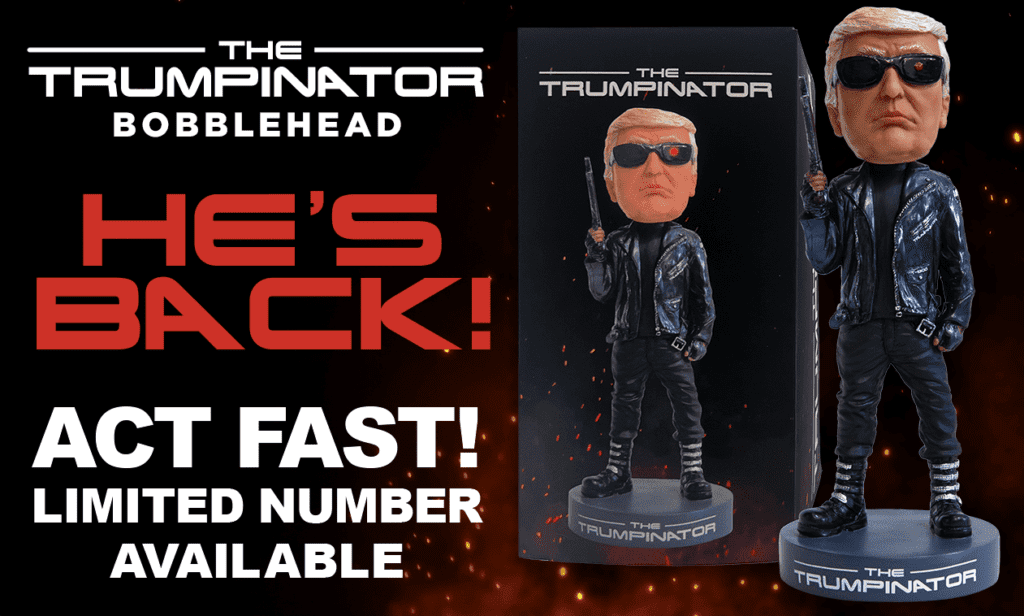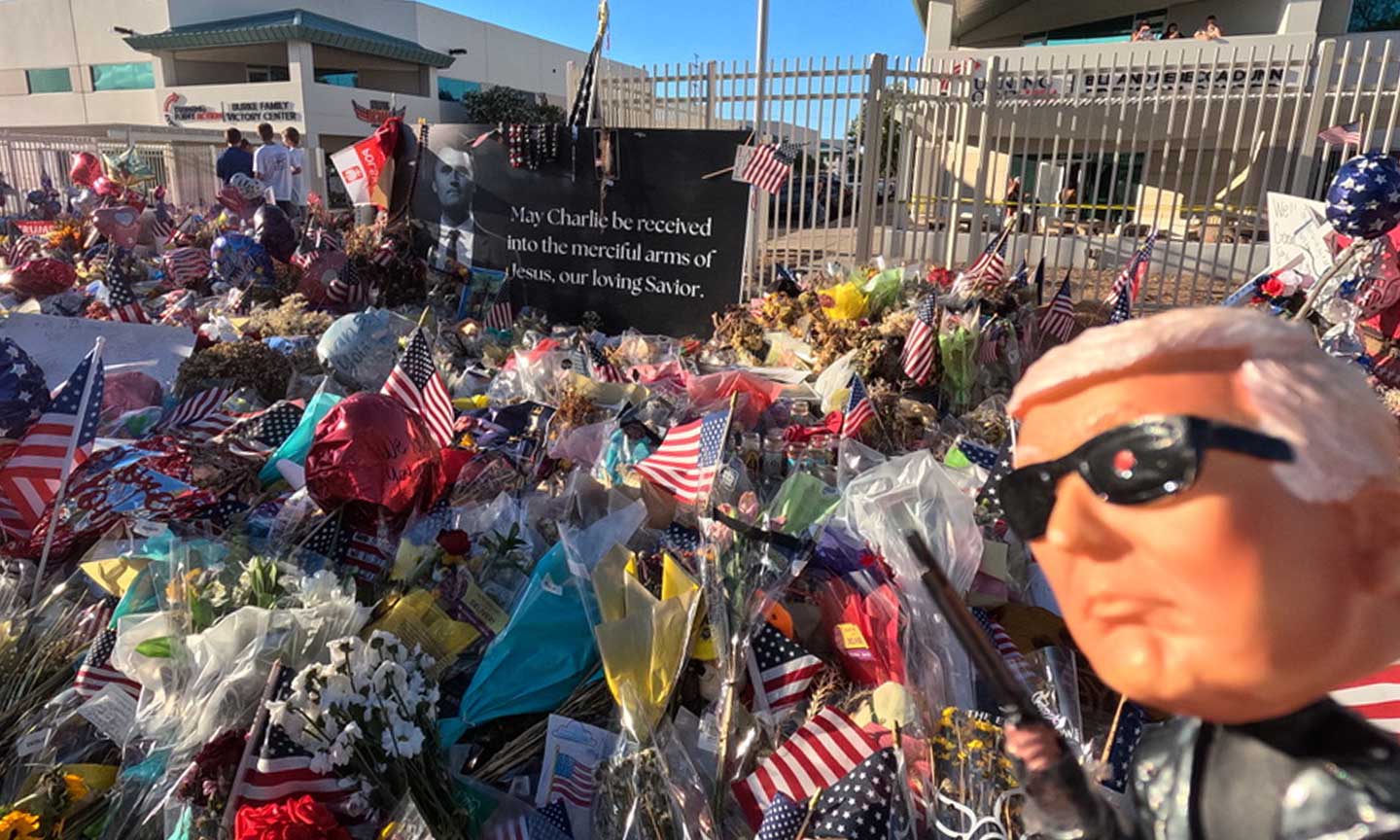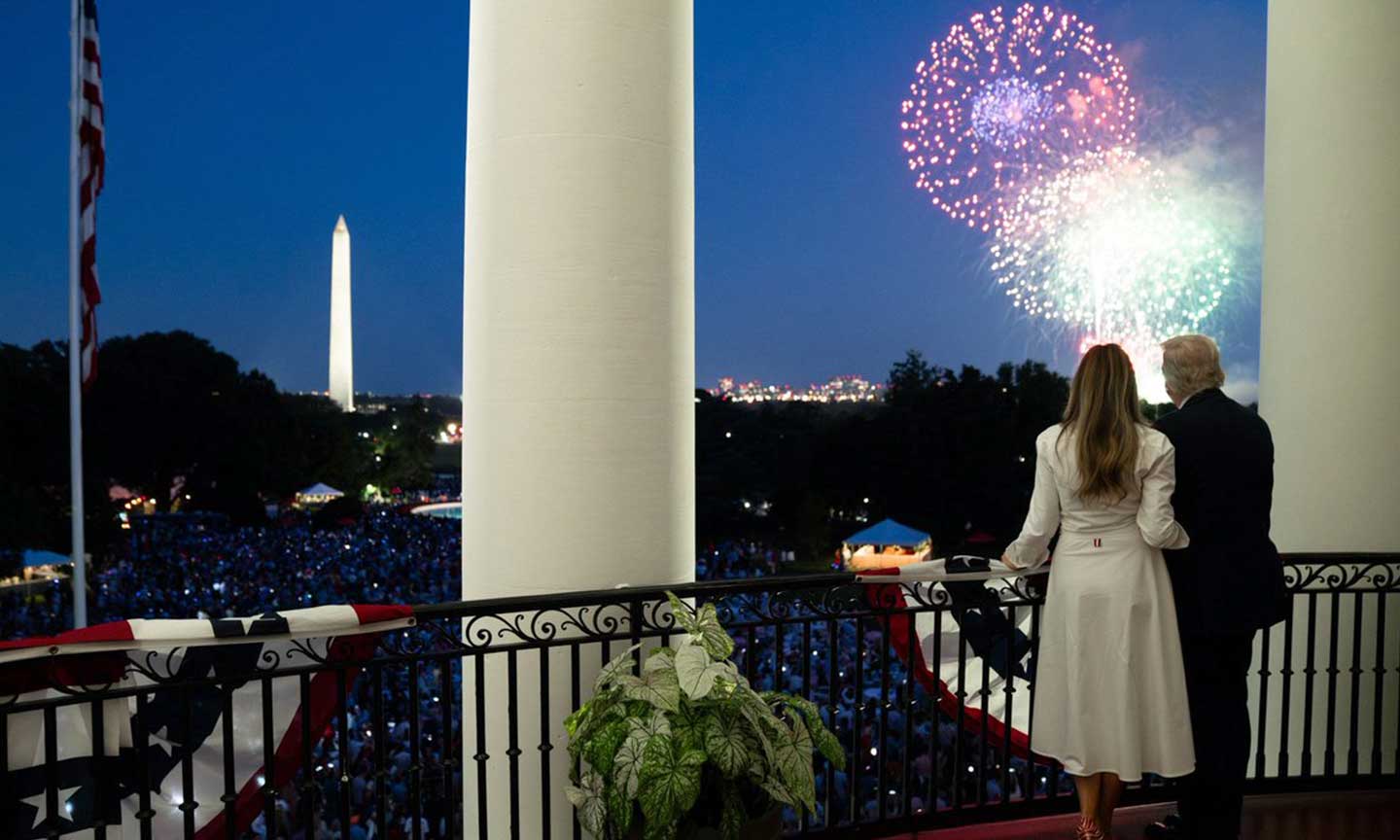Political rallies are commonly used in modern political campaigns as a tool for candidates to connect with their supporters and convey their message.
Exploring the realm of political rallies, we will focus on their role in campaigns, their purposes, benefits, and drawbacks for candidates.
In particular, we will examine President Trump’s distinct approach to rallies, its evolution over time, and the possible consequences it could have on American politics.
Join the discussion as we investigate the influence of Trump’s rally strategy on political dialogue and the potential lasting impacts on the American political landscape.
What Are Political Rallies?
Political rallies are events organized during a political campaign to engage with supporters, deliver key messages, and showcase leadership. These events provide a platform for leaders to connect with their base and energize the crowd through speeches and interactions.
The energy and enthusiasm generated at a rally can significantly influence the public’s perception of a candidate or party. Successful examples include Barack Obama’s historic 2008 campaign rallies, which attracted large crowds and fostered a sense of unity among supporters. By addressing key issues and demonstrating strong leadership skills in front of thousands of supporters, political figures can strengthen their connection with the electorate and rally support for their cause. These gatherings not only help mobilize voters but also create a lasting impression that can shape voter attitudes and decisions.
How Are Political Rallies Used in Campaigns?
Political rallies are important in campaign strategies as they serve as a primary way to deliver key messaging, mobilize supporters, and establish a direct connection with the electorate. The organization and execution of these rallies typically involve strategic tactics to maximize their impact.
What Is the Purpose of Political Rallies?
The primary purpose of political rallies is to engage with supporters, convey campaign messaging directly to the audience, strengthen the connection between the candidate and the electorate, and foster interactive participation among supporters.
By bringing together passionate followers in a shared physical space, rallies create a vibrant atmosphere that energizes supporters and deepens their commitment to the candidate’s platform. These events serve as a platform for the leader to communicate their vision, policies, and values directly to the people, bypassing traditional media filters. Interactive elements like live polls, Q&A sessions, and meet-and-greet opportunities serve to make supporters feel valued, heard, and integral to the campaign’s success.
What Are the Benefits of Political Rallies for Candidates?
Political rallies provide candidates with several advantages, such as the chance to energize their supporters, improve their branding and visibility, generate excitement among attendees, increase levels of participation, and make a significant impact on the electoral landscape.
By uniting individuals who share common goals or visions, these rallies can spark passion and enthusiasm within the campaign’s base.
For example, during the 2008 U.S. presidential election, Barack Obama’s large-scale rallies not only mobilized his supporters but also received extensive media coverage, enhancing his overall brand recognition.
Similarly, the ‘Howdy Modi’ rally in Houston, Texas, in 2019, featuring Indian Prime Minister Narendra Modi and U.S. President Donald Trump, attracted massive crowds, energizing both the attendees and those who followed the event online.
What Are the Drawbacks of Political Rallies for Candidates?
Political rallies have their share of advantages and drawbacks. Benefits include increased visibility and mobilizing support, but they also present challenges such as crowd management, media scrutiny, potential impacts on public opinion, appeal to diverse demographics, and the task of maintaining a positive image and influence.
Large crowds at political rallies can be logistically challenging, requiring security measures and coordination of transportation and facilities. Media coverage, while offering visibility, can also expose the candidate to intense scrutiny. Balancing messaging to resonate with various audience segments is complicated due to differing beliefs and priorities. Negotiating diverse viewpoints within the crowd and society at large adds complexity to the task of upholding a positive image and influence amid a range of opinions.
What Is Trump’s Strategy for Rallies?
Donald Trump’s strategy for rallies is characterized by a populist approach that emphasizes direct messaging to his base, strong leadership presence, and persuasive communication techniques. His rallies are designed to resonate with his supporters and convey a sense of authenticity and connection.
This approach allows Trump to project a relatable image, positioning himself as a champion of the common people. By addressing the concerns and grievances of his supporters directly, he creates a sense of camaraderie and solidarity during his rallies. Through his confident and assertive leadership style, Trump captures the attention of his audience, asserting himself as a strong leader who is unafraid to challenge the status quo. His ability to deliver compelling speeches with simple yet powerful language further enhances his connection with his base and broader electorate.
How Often Does Trump Hold Rallies?
Donald Trump holds rallies frequently, with a high level of attendance and enthusiastic support from his base. These rallies serve as key mobilization events for his supporters and play a crucial role in energizing his voter base.
The sheer frequency of Trump’s rally events showcases the dedication of his followers, who eagerly turn out in large numbers to show their unwavering support. These gatherings not only serve as platforms for Trump to connect directly with his base but also act as significant opportunities for his campaign to mobilize its ground forces, energize volunteers, and bolster voter engagement. The strategic timing and location of these rallies have a profound impact on the momentum of Trump’s campaign, driving excitement and galvanizing his supporters to actively participate in the political process.
What Are the Key Elements of Trump’s Rallies?
The key elements of Donald Trump’s rallies include impactful speeches, distinctive branding strategies, consistent messaging themes, and the creation of emotional connections with his audience. These elements collectively contribute to the success of his rally events.
Trump’s speech delivery at his rallies is characterized by his direct and unfiltered communication style, often resonating with his supporters. His branding techniques, such as his iconic “Make America Great Again” slogan, are instantly recognizable and help solidify his image. The messaging consistency throughout his speeches reinforces his key talking points and allows for a cohesive narrative. By establishing emotional connections with his audience through shared values and grievances, Trump cultivates a sense of unity and loyalty among his supporters, creating a unique and engaging rally atmosphere.
What Are the Effects of Trump’s Rallies?
The rallies hosted by Donald Trump have significant impacts on both his supporters and opponents, generating high levels of engagement, influencing perceptions on both sides, and playing a role in shaping the political landscape due to their notable presence.
His rallies function as a strong tool for mobilizing his base, fostering a sense of shared identity and purpose among supporters.
The enthusiasm and dynamism produced at these gatherings can result in changes in voter attitudes, affecting their decision-making processes and potentially changing the outcome of elections. Trump’s skilled utilization of rally strategies has been a defining aspect of his political approach, using the influence of crowds and spectacle to make a lasting impression on the American public.
How Do Trump’s Rallies Affect His Supporters?
Donald Trump’s rallies have a significant impact on his supporters, creating loyalty, fostering community bonds, generating enthusiasm, and using persuasive techniques to strengthen voter commitment and engagement.
An analysis of how these rallies influence supporters reveals that the loyalty built during these events continues well beyond the immediate excitement. Shared experiences and a sense of being part of a unified movement often lead attendees to form lasting connections with other supporters, enhancing feelings of community and belonging. This communal aspect not only increases enthusiasm during the rallies but also maintains a high level of engagement in political activities after the event.
Trump’s effective use of rhetoric and messaging further amplifies the persuasive influence of these gatherings, reinforcing his supporters’ dedication and shaping their long-term behaviors and levels of political participation.
How Do Trump’s Rallies Affect His Opponents?
The rallies held by Donald Trump have an impact on his opponents, influencing their perception, motivation levels, and interactions with the broader electorate. These events are important in shaping the strategies and responses of the opposition to Trump’s campaign tactics.
The atmosphere at these rallies often elicits strong reactions from opponents, leading to intense counter-mobilization efforts and necessitating adjustments to their messaging to counter Trump’s narrative.
The significant turnout and enthusiastic support for Trump at these events can also act as a strategic wake-up call for opposition campaigns, prompting them to review their outreach methods and engagement strategies with a sense of urgency.
The dynamic interplay between various political factions during and after Trump’s rallies creates a complex network of interactions that continuously redefine the competitive landscape of the political arena.
How Has Trump’s Rally Strategy Evolved Over Time?
The rally strategy of Donald Trump has evolved significantly over time, with adjustments being made to various aspects of his events in response to changing circumstances and audience feedback. These modifications have garnered diverse reactions from critics and observers.
Some of the key changes in Trump’s rally strategy include a shift towards more scripted speeches and controlled messaging to ensure consistency and avoid controversies. There has been a strategic focus on targeting specific demographics and regions to maximize impact and mobilize supporters effectively. Critics have expressed concerns about these adjustments, claiming they are manipulative and lack authenticity, while supporters see them as necessary tactics to adapt to the evolving political landscape and appeal to a broader voter base.
What Changes Have Been Made to Trump’s Rallies?
The rallies associated with Donald Trump have undergone changes in their structure, engagement techniques, and messaging strategies to adapt to evolving campaign needs and audience preferences. These modifications are part of a strategic evolution intended to improve the effectiveness of the rallies.
The messaging strategies have been revised to concentrate on specific policy accomplishments and future objectives, with the goal of resonating with various audience segments. These adaptations have impacted the outcomes of the rallies by generating increased enthusiasm and fostering deeper connections with supporters.
How Have Critics Responded to These Changes?
Critics and analysts have reacted to the changes in Donald Trump’s rally strategy with a mix of skepticism, scrutiny, and analysis. They are highlighting potential consequences and implications of these strategic shifts on the broader political landscape. Some skeptics argue that Trump’s altered approach may alienate certain voter demographics, while others maintain that it could resonate more effectively with his base.
Analysts and commentators are dissecting how these adjustments might impact voter turnout, messaging coherence, and overall campaign momentum. The varying reactions underscore the significant role that strategic decisions play in shaping electoral outcomes and influencing public perception.
With the 2024 election approaching, the evolving rally strategy signifies a crucial juncture in Trump’s bid for re-election and the ensuing political discourse.
What Are the Potential Consequences of Trump’s Rally Strategy?
The strategy of Donald Trump’s rallies has significant implications for political discourse, affecting public perceptions, shaping narratives, and potentially influencing the direction of political conversations and debates.
Utilizing large-scale rallies as a central part of his communication approach, Trump has succeeded in capturing the attention of his supporters and evoking strong reactions from both proponents and opponents.
The spectacle of these events often dominates news coverage.
This tactic reinforces his brand of populism.
How Does Trump’s Rally Strategy Impact Political Discourse?
The rally strategy employed by Donald Trump has a significant impact on political discourse, influencing voter interactions, shaping public perceptions, and engaging with various segments of the electorate. These strategic interactions drive conversations and debates within the political landscape.
By mobilizing his dedicated supporters through these rallies, Trump fosters a sense of camaraderie and enthusiasm among his base. His speeches often feature language that energizes his audience and elicits reactions from opposing groups. This interactive dynamic not only strengthens Trump’s bond with his supporters but also generates controversy and debate in the broader political sphere, influencing narratives and discourse across different voter demographics.
What Are the Long-term Effects of Trump’s Rally Strategy on American Politics?
The long-term effects of Donald Trump’s rally strategy on American politics extend to voter engagement patterns, ideological shifts, and the evolving dynamics of political discourse. These sustained impacts have the potential to shape future political strategies and public sentiments.
Trump’s distinctive approach to rallies not only energized his base but also stirred significant reactions across the political spectrum.




